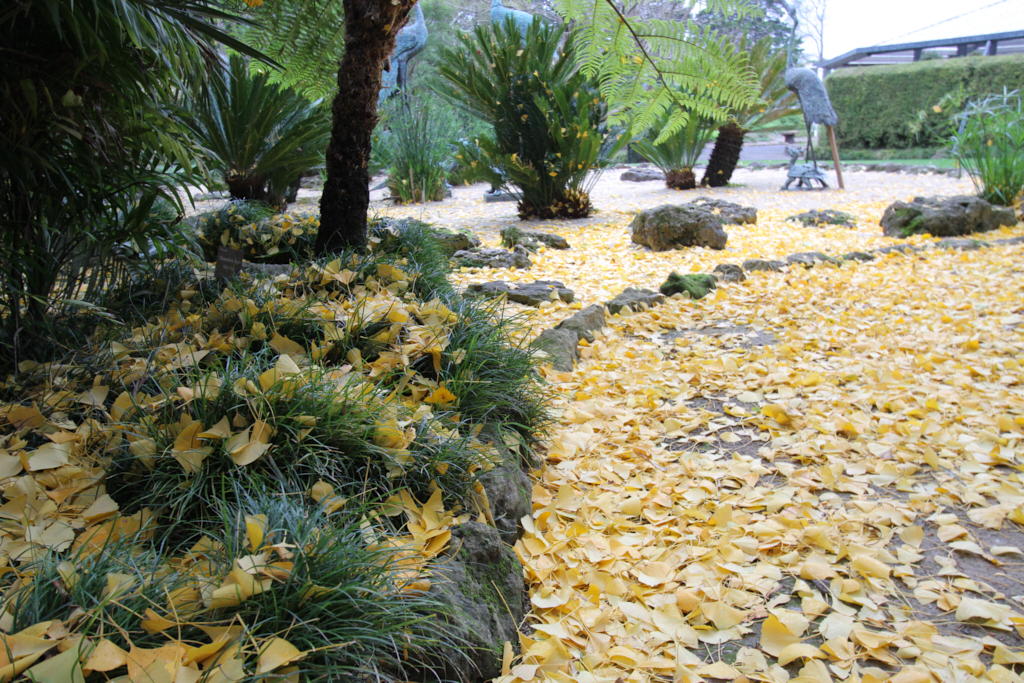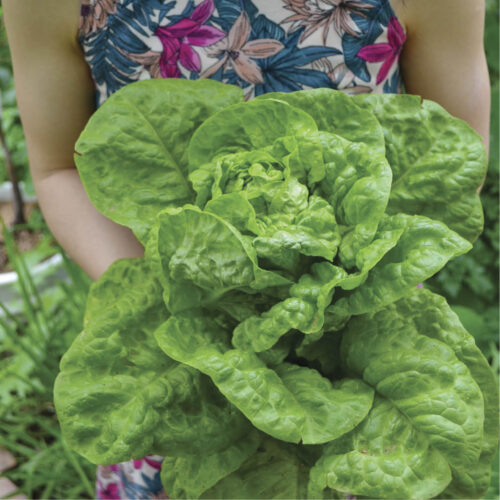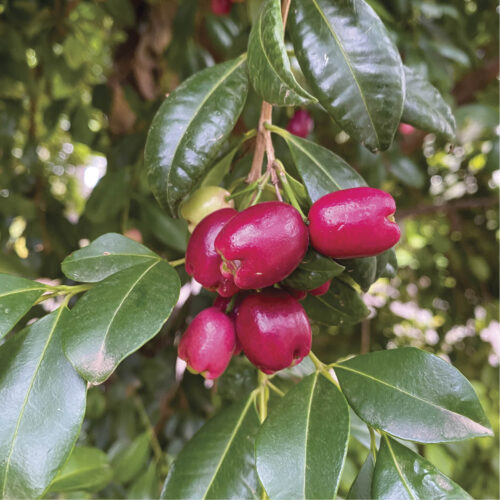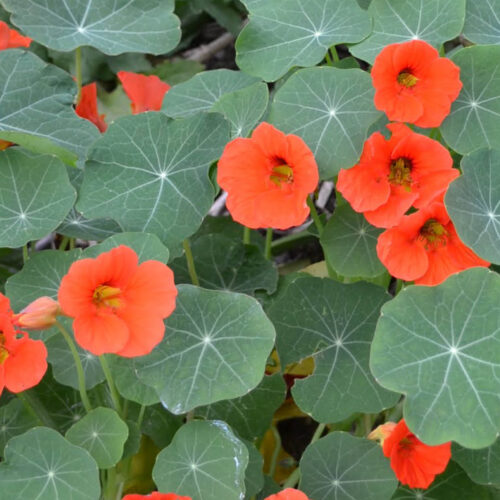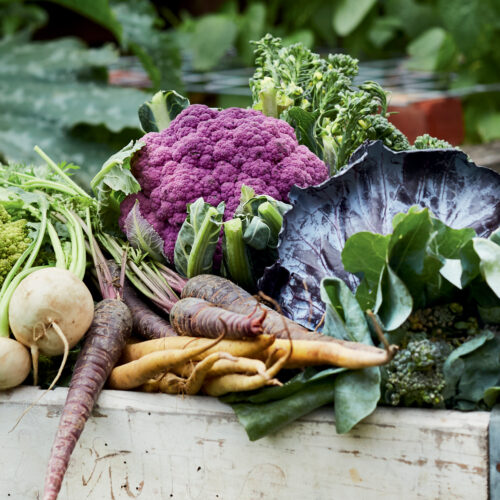Ginkgo raining gold
2020-06-02T01:59:25+10:00
This tree grew when the dinosaurs roamed the earth but still has lots to offer, especially in autumn.
The golden colours of ginkgo, also known as the maidenhair tree Ginkgo biloba are one of the loveliest of all autumn leaf colour changes. Sometimes described as ‘raining gold’, I look forward to seeing these trees every year in autumn. They often change colour a bit later than other deciduous trees and leave a carpet of gold once finished. The tree in our local gardens has almost finished dropping it’s leaves. The next couple of weeks are the last chance you’ll get to collect autumn leaves and add them to compost, garden beds and worm farms. This precious resource adds nutrients and acts as a useful mulch. For quicker decomposition spread them on the lawn first and run the mower over them.
Ginkgo is a very ancient, deciduous tree that grew when dinosaurs roamed the earth. It is cultivated in many countries, but is only found in the wild in a few places in China. It is the only representative of an ancient order of trees pretty much unchanged for more that 200 million years. Ginkgo was referred to by Charles Darwin as a living fossil and it’s probably the world’s oldest living tree. A handful of ginkgo trees located only one kilometre from the centre of the Hiroshima bomb blast survived to re-shoot the following spring and ginkgo is now known as the ‘Bearer of Hope’. In Buddhist, Confucian and Shinto faiths, ginkgo is grown in gardens and considered a sacred tree.
Ginkgo has been used for centuries in Chinese medicine but only became popular in the West in the second half of the twentieth century. It has been one the best-selling herbal remedies in Germany and France, where millions take it in an attempt to preserve memory and retain brain function. Recent research though suggests that ginkgo may have little or no effect for this purpose.
Trees are slow growing, putting on only between 30 and 50 cm a year, but they can eventually grow to 40 m.
Ginkgo has lobed, fan-shaped, bright green leaves with distinct parallel veins. These leaves turn golden-yellow in autumn. Trees are dioecious meaning male and female flowers occur on different plants and the fertilised female flowers develop into strong-smelling (some say foul smelling) yellow fruit with a large hard seed in the centre. If you are worried about the fruit, only grow male trees.
You can grow ginkgo from seeds or cuttings. It grows in most soils, likes full sun and is generally an easy-to-grow-tree for a larger garden. It can also be grown for many years in a large pot. Harvest leaves when needed.
Culinary uses
In their excellent book The Story of Trees, Kevin Hobbs and David West say that the fruit can be ‘harvested and soaked in water, then the flesh removed leaving a white shell, which, once dried, is cracked open to reveal and edible green kernel. In Japan, these kernels are eaten roasted, salted or sweetened.’ They then add that these nuts should only be eaten in small amounts as they contain potentially harmful neurotoxins.
Medicinal uses
Fresh and dried leaves contain the active medicinal ingredients ginkgolides and are drunk as an infusion to relax blood vessels and improve blood flow. This can improve blood circulation to the brain aiding concentration and memory. It can also relieve wheezing and reduce phlegm. And used a wash it can improve varicose veins, varicose ulcers and haemorrhoids.
Warnings Ginkgo may be toxic in large doses and can interact with other drugs, such as warfarin and aspirin, so do not take ginkgo if you are already taking these medications. As a general rule it is best to consult your doctor before using this herb internally.

